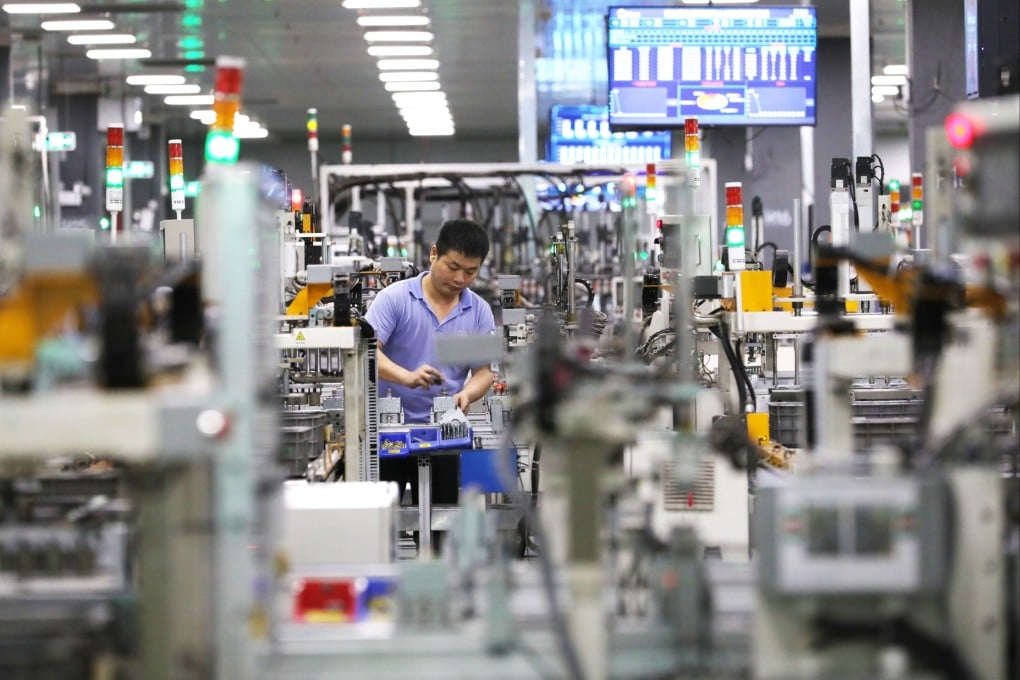Explainer | How much is China’s massive trade-in programme driving consumption of everyday items?
From air conditioners and refrigerators to computers and televisions, appliances are getting a second life in China with the help of government subsidies

In March, Beijing rolled out a new round of large-scale trade-ins focusing on equipment renewals and upgrades, as well as consumer products, in hopes of abating sluggish consumption and overcapacity pressure across multiple industries.
How does China’s trade-in programme work?
The central government plans to utilise around 300 billion yuan (US$42.5 billion) worth of ultra-long-term special government bond funds this year to support the trade-in programmes. The implementation of purchase subsidies has been handed over to local governments.
The trade-in programme has already expanded quickly to areas such as home appliances and even property. However, many local governments are burdened with heavy debt and are reluctant to offer generous subsidies to promote the programme.
With residents and local governments taking a lukewarm response to the programme, the government decided in August to increase the subsidy standards for automotive trade-ins and raise the proportion of support from central funds.
The subsidies were raised to 20,000 yuan from 10,000 yuan for the purchase of a new-energy vehicle, and to 15,000 yuan from 7,000 yuan for the purchase of fuel-powered passenger cars of a certain size.
How did the trade-in programme perform during the ‘golden week’ holiday?
According to the Ministry of Commerce, during last week’s National Day holiday week, which is seen as an important period to assess China’s domestic demand, about 2.52 million consumers purchased home appliances under the trade-in programme. A total of 3.745 million units were sold, totalling more than 17.83 billion yuan, covering eight major categories: refrigerators, washing machines, televisions, air conditioners, computers, water heaters, household stoves, and range hoods.
